In his opening speech, Director of the Center for Cultural and Scientific Activities of the Temple of Literature - Quoc Tu Giam Le Xuan Kieu said that the exhibition "The Provincial Examinations at the End of the 19th Century" within the framework of Photo Hanoi '25 activities was held in the context of the Temple of Literature - Quoc Tu Giam having activities to celebrate the 950th anniversary of the first examination, Minh Kinh Bac Hoc, under the reign of King Ly Nhan Tong to select talented people for the country.
The exhibition takes place during the Heritage Month, commemorating Vietnamese Teachers' Day, making it even more meaningful. In recent days, visitors to the Temple of Literature and the public have been excited about a new landscape, the first time an exhibition has been brought outside the fence of the relic, to give everyone the most convenient and closest access to these precious photos.

Director of the Center for Cultural and Scientific Activities of the Temple of Literature - Quoc Tu Giam Le Xuan Kieu spoke at the ceremony
"We hope the exhibition will inspire and nurture the spirit of the value of learning, connecting the typical values of Vietnamese Confucianism: the spirit of studiousness, respect for teachers and valuing talents with the Four Pillars of Education of UNESCO: Learning to know, learning to do, learning to perfect oneself, learning to live together", Director Le Xuan Kieu emphasized.
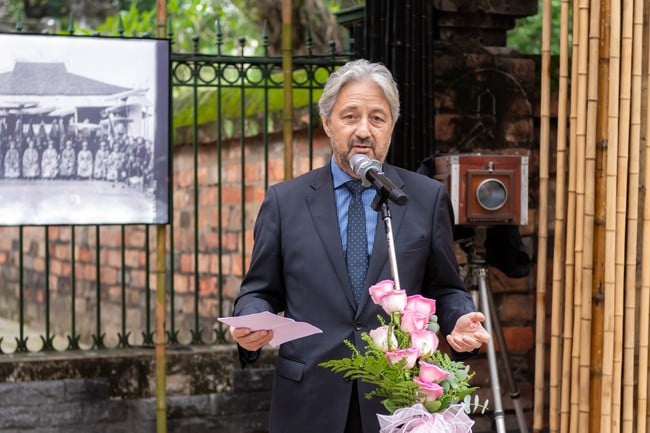
Director of the French Institute in Vietnam Eric Soulier shared at the ceremony
Director of the French Institute in Vietnam Eric Soulier shared: "André Salles's photo exhibition, displayed around the Temple of Literature - Quoc Tu Giam, is a strong symbol of the intersection between the heritage space and the Photo Hanoi exhibitions. The photos are presented in a bamboo architectural space, inspired by the ancient examination schools, located along the walls of the building symbolizing Confucianism, and also a typical cultural and historical relic of the Thang Long citadel. Besides honoring the value of this rare photo collection, the exhibition also raises questions about the role of photography in the way we perceive history, while also shedding light on visual and educational practices in feudal Vietnamese society."

UNESCO Representative in Vietnam Jonathan Wallace Baker speaks at the ceremony
Speaking at the ceremony, UNESCO Representative in Vietnam Jonathan Wallace Baker said: "Through Firmin-André Salles' unique photo series, the exhibition takes us back to 1897, to the last Hương exam in Nam Định . These images capture a world that is both solemn and vibrant: rows of scholars with ink and pen under thatched roofs, a society on the verge of transformation. They remind us of the profound role of education and knowledge in shaping Vietnamese identity. It is meaningful that we open the exhibition right at the Temple of Literature - Quoc Tu Giam, which used to be the center of learning for the royal court. Today, this place still holds a symbolic role for learning, and is now also a place where heritage, art and thought intersect."
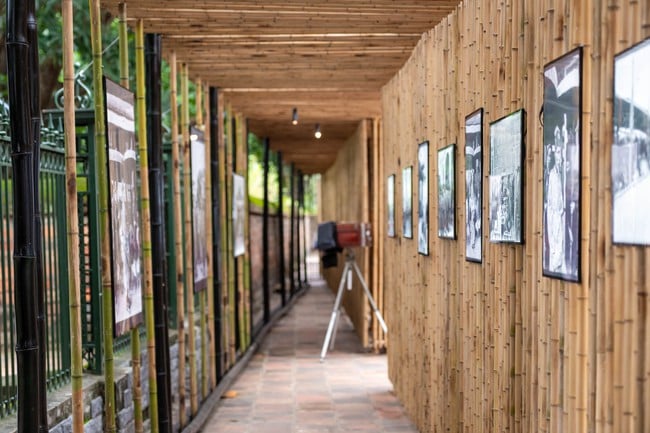
Exhibition space
"At UNESCO, we believe that creativity is one of the most powerful ways to connect heritage to the future. This exhibition brings that idea to life by allowing history to be told through the lens of photography; not just what was seen, but how people thought, dreamed and moved," said Jonathan Wallace Baker.
The exhibition "The Provincial Examinations at the End of the 19th Century" by photographer André Salles, capturing the 1897 Provincial Examinations in Nam Dinh, will be presented in a unique exhibition space, inspired by the architecture of ancient examination schools. This space is constructed from traditional bamboo materials combined with contemporary design styles, creating a vivid visual experience. Located under the shady canopy of the Temple of Literature, Quoc Tu Giam, which preserves the soul of education and national cultural heritage, the bamboo architecture stands out as a metaphor for the enduring vitality and quintessential beauty of knowledge.
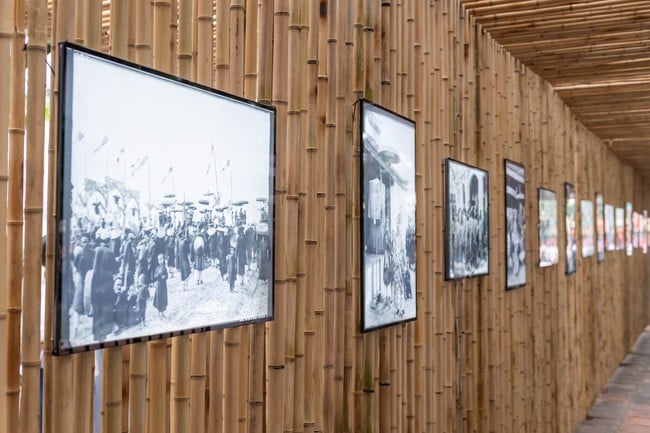
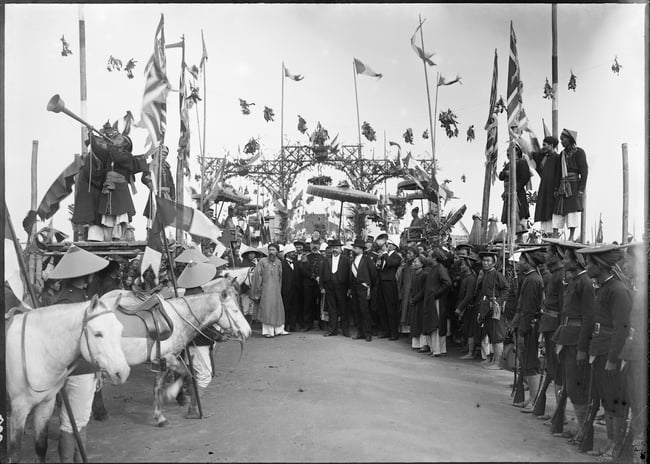
Some works on display at the exhibition
The Hương exam is the core part of the Confucian examination system. The Dinh Dau exam in 1897 took place in the context of the country's Confucianism gradually declining and being replaced by the national language. The displayed photos are rare documents that are still preserved, truly conveying the solemn yet bustling atmosphere of the ancient examination school.

The exhibition attracted a large number of visitors.
The exhibition is not only a place to display a valuable collection of historical photographs, but also a dialogue about the role of photography in shaping the way we perceive history. Through this, the Organizing Committee hopes to bring an educational art experience, where viewers not only admire photographic works but also learn more about the techniques used to create them, and have the opportunity to explore the education and examination system in feudal Vietnam../.
Firmin-André Salles (1860–1929) was a French explorer and photographer who worked in Vietnam, Laos, and Cambodia between 1896 and 1898. Using the advanced dry-plate photography technique of the time, he captured images of exceptional sharpness and detail, providing a vivid view of life, landscapes, and cultural and educational events in Vietnam in the late 19th century.
Source: https://bvhttdl.gov.vn/gioi-thieu-nhung-buc-anh-quy-ve-khoa-thi-huong-cuoi-the-ky-xix-20251106161147551.htm


![[Photo] Closing of the 14th Conference of the 13th Party Central Committee](https://vphoto.vietnam.vn/thumb/1200x675/vietnam/resource/IMAGE/2025/11/06/1762404919012_a1-bnd-5975-5183-jpg.webp)




![[Photo] Prime Minister Pham Minh Chinh receives the delegation of the Semiconductor Manufacturing International (SEMI)](https://vphoto.vietnam.vn/thumb/1200x675/vietnam/resource/IMAGE/2025/11/06/1762434628831_dsc-0219-jpg.webp)

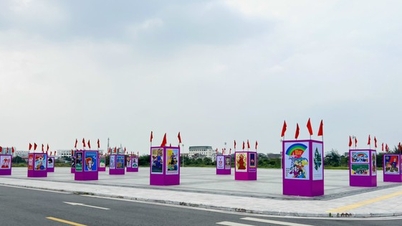




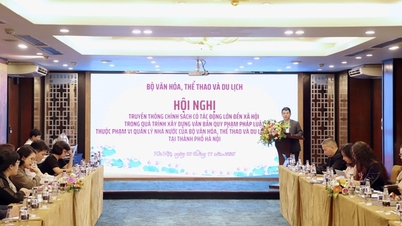






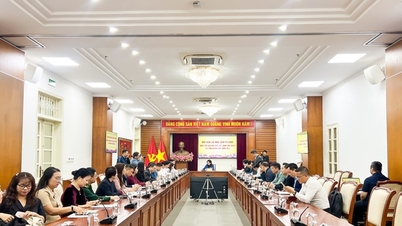


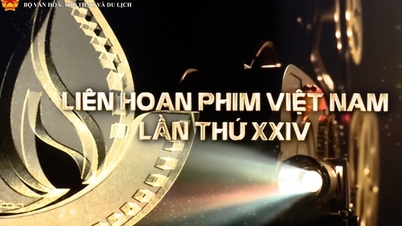






































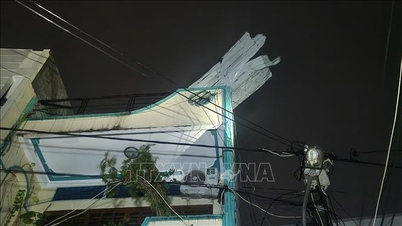

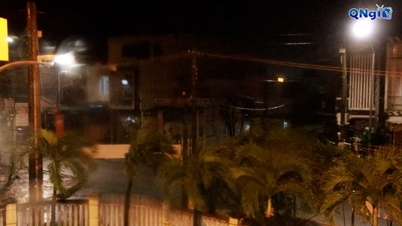





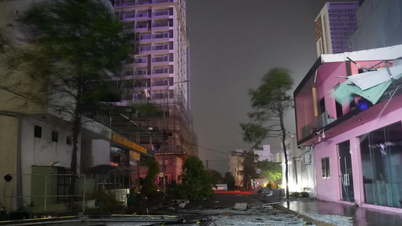




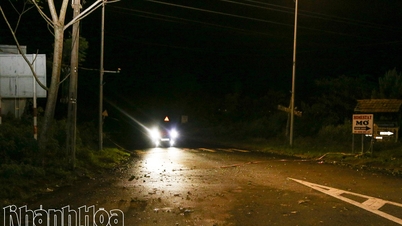

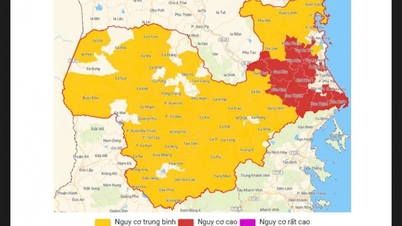

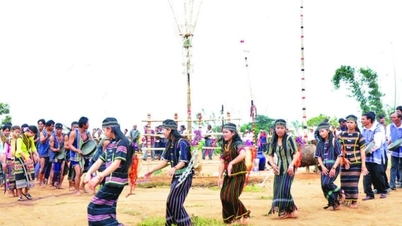



















Comment (0)